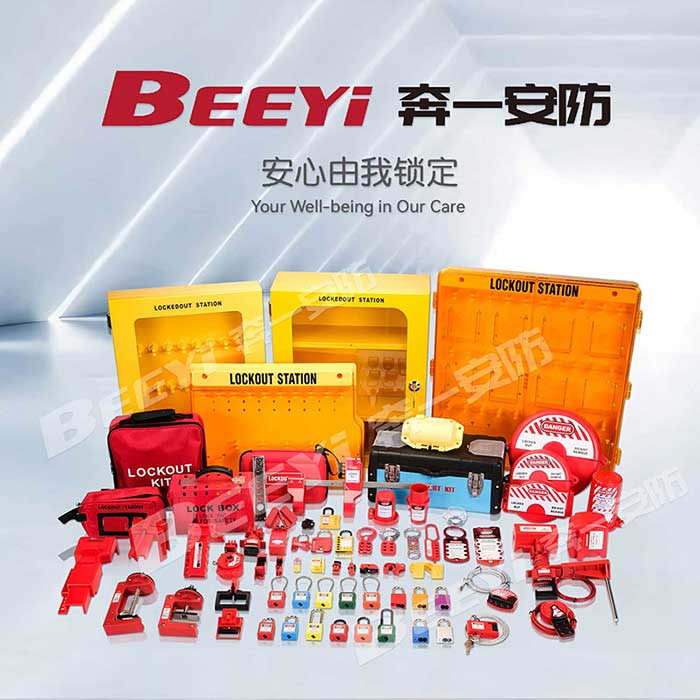understanding the importance of pneumatic lockouts in workplace safety
Release time:2025-08-28 17:24:05
In industrial environments, the use of pneumatic systems is commonplace due to their efficiency and effectiveness in powering machines and tools. However, with this power comes inherent risks, particularly when it comes to maintenance and repair. The unexpected activation of pneumatic equipment can lead to dangerous situations, risking the safety of workers. This is where Pneumatic Lockouts come into play, serving as essential safety devices designed to prevent the unintended operation of pneumatic equipment during maintenance activities.

What Are Pneumatic Lockouts?
Pneumatic Lockouts are safety mechanisms used to isolate the energy source of pneumatic systems, effectively locking out the equipment from any potential operation. These devices physically block the flow of air to the machinery, ensuring that the equipment cannot be activated while maintenance is underway. They are part of a broader category of lockout/tagout devices, which are critical components of workplace safety regulations aimed at preventing accidents during maintenance and servicing.
How Pneumatic Lockouts Work
The operation of Pneumatic Lockouts is straightforward but effective. When maintenance is required, the lockout device is installed between the air source and the pneumatic machine. This could involve a valve or a dedicated lockout mechanism that prevents air from reaching the equipment. Once the device is locked, it can only be removed by the individual who placed it, ensuring that no one else can accidentally turn on the machine while it is being serviced.

